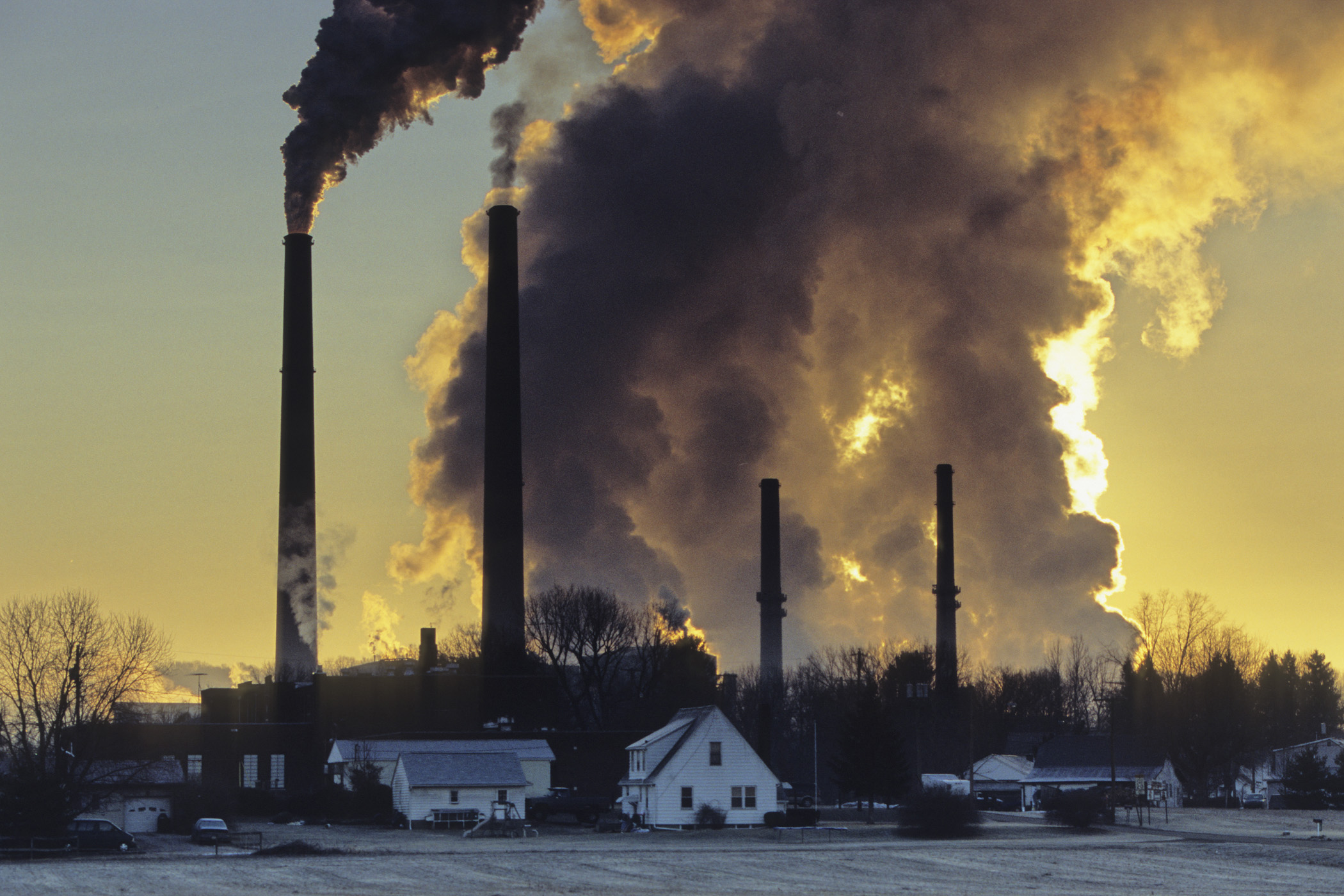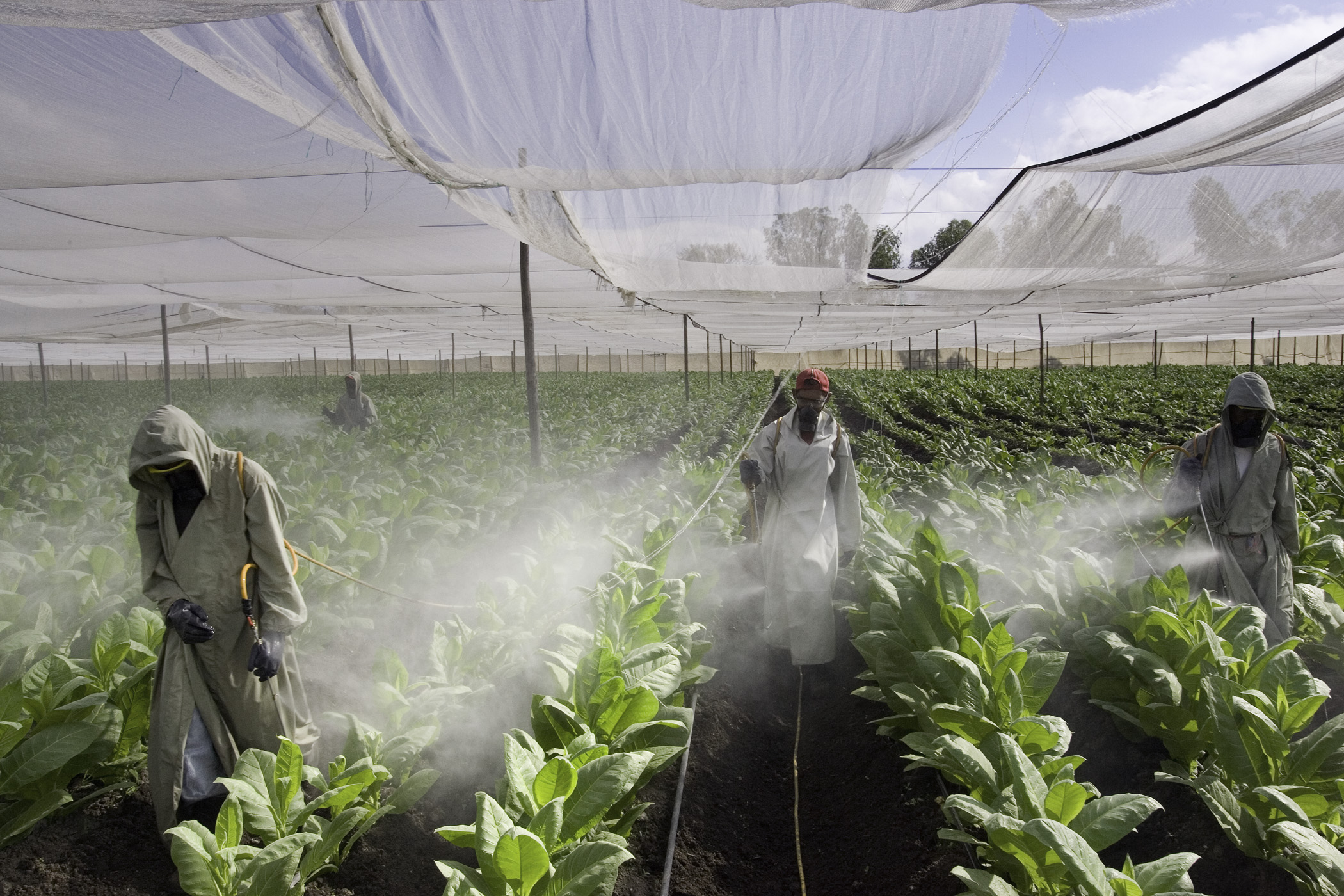Lake Erie, Ohio by Peter Essick
Editor's Note: Environmental photography is, by nature, a complex and nuanced enterprise. Issues to be illustrated are rarely as clear-cut as we would like, the subjects themselves are often amorphous and vaguely defined, even the style of photography is hotly debated as photographers struggle to make art out of ugliness. Every photographer has to struggle with these issues, working out for themselves how to make their photography work for the environment.
Peter Essick is one of the great environmental photographers working today. Here, in words both practical and profound, is Peter searching for the path to clarity. Additional perspective on Peter's work is here in this 2013 interview that Dennis Dimick conducted for National Geographic's photo blog, PROOF. Peter and Dennis collaborated on nearly 20 National Geographic Magazine stories over the years on environmental issues. Peter published a book on environmental photography in 2013 called "Our Beautiful, Fragile World" from Rocky Nook Press.
Can Photography Help Guide Us Through Environmental Crisis?
By Peter Essick
There is a growing awareness that biological systems in our contemporary world are being negatively harmed by rapid human development. This human-altered world is now being called called the Anthropocene, a reference to a geologic age where man has taken control of the Earth’s biosphere. Environmental issues facing societies in the Anthropocene such as climate change, freshwater shortages and pollution are increasingly becoming more visible and urgent. But how best for a visual artist – whether a practicing journalist, fine art photographer or reformer – to illustrate these sometimes abstract issues?
“All land, no matter what has happened to it, has over it a grace, an absolutely persistent beauty.”
The first question to be answered is should an environmental photograph be beautiful? The poet Theodore Roethke said, “Beauty is the universal seen.” In today’s world the universal is rarely a pristine wilderness, but mostly a changed landscape often not for the better. It then is the job of the environmental photographer to make form (and beauty) out of this changed world, and believe that it is possible to find beauty in any subject matter. This seems fundamental to the process of making art. So I don’t believe it an act of deception to make a beautiful photograph of an ugly situation. This is not to say that surface beauty should be used to draw viewers into the image. The beauty must be central to the meaning of the photograph and not distract from the underlying message. It is only with this honest approach that one can create a coherent rendering of the landscape of loss and the complex workings of the modern world.
Joseph Pulitzer said that the role of a journalist was to “ comfort the afflicted and to afflict the comfortable.” Many environmental photographs show the victims of environmental abuse in order to humanize the problem and make the case for change. These photographs are in the tradition of the muckrakers of the turn of the century and the Farm Security Administration photos during the Depression. I believe these photographs of a broken world are a necessary part of an environmental story. However, their success depends on the visual nature and severity of the problem, as well as the empathy of the viewer.
In the 6th century B.C. Heraclitus wrote: “the cosmos works by harmony of tensions, like the lyre and bow.” In today’s world, environmental pictures that are too direct and clobber one over the head with a polluted river or a smoke-filled stack seem to have almost lost their meaning. People are often tuning these images out, whether out of fatigue, denial or a combination of both. For a visual artist who wants their work to address environmental issues in a relevant way, a different approach may be needed. One technique is a more subtle approach, one that seeks to ask a question about what we humans are doing in the name of progress rather than provide a literal answer. These types of photographs can have several layers of meaning sometimes with competing elements, opening up the photograph for deeper interpretation.
“Finding beauty in a broken world is creating beauty in the world we find.”
Perhaps a successful environmental photograph, like our life on this planet, needs to evoke a holistic approach. On one hand we need things like development to form civilizations, we have to tolerate ugly politics to get thing done, and we need industry to provide energy to drive our cars and light our homes. Call it the stark burden of reality. But on the other hand we need to conserve and preserve resources and listen to what the scientific community is telling us about potential problems for the future. And we need to dream of a better world for our children and future generations. This is the realm of the artist, the visionary, the preacher and the free thinker. Call that message a desire for justice, freedom and a belief that harmony with nature is possible. Because environmental photographs deal with complex points of view - scenery beyond decoration, justice for the oppressed and cultural differences to name a few - they offer a wide range of possibilities for creative expression. When some or all these elements come together and everything works, these honest and beautiful photographs can reveal truths that need to be told.
Peter Essick has worked as a photojournalist for 30 years. He is the author of two books, Our Beautiful, Fragile World and The Ansel Adams Wilderness.

















